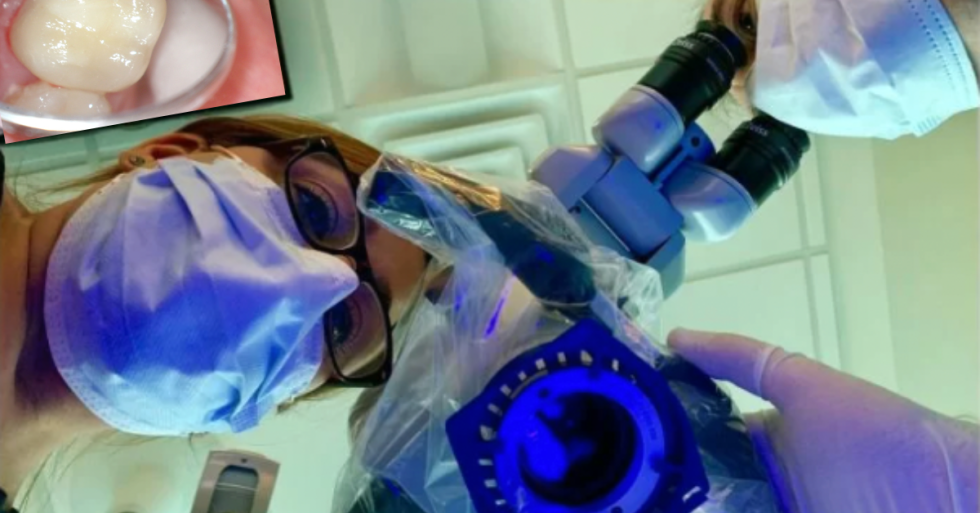Illuminating the View: What Do Dentists Use to See Teeth?

Dentists require a clear and magnified view of teeth and oral structures to diagnose and treat dental conditions effectively. Over the years, advancements in dental technology have provided practitioners with a range of tools to enhance their visual capabilities.
These tools not only aid in the accurate assessment of oral health but also ensure precision in dental procedures. Let's delve into the various instruments and technologies that dentists use to see teeth in detail.
1. Dental Loupes
Dental loupes are one of the most common visual aids used by dentists. They are essentially magnifying glasses that are either worn as eyewear or attached to headgear. Loupes provide magnification typically ranging from 2.5x to 6x, allowing dentists to see small details in the teeth and surrounding tissues more clearly. They are particularly useful for detecting cavities, examining tooth surfaces, and carrying out detailed restorative work.
2. Dental Microscopes
For more advanced magnification, many dentists turn to dental microscopes like the Global A-Series. These devices offer higher levels of magnification, from 8x to 25x or more, and are equipped with powerful lighting systems. Dental microscopes enhance the dentist’s ability to view the intricate structures within the oral cavity, making them essential for procedures such as root canal therapy, periodontal surgery, and complex restorative work.
3. Intraoral Cameras
Intraoral cameras are small, handheld devices that dentists use to take detailed images or videos inside a patient’s mouth. These cameras are particularly effective for patient education, as they can display the images on a screen, helping patients understand their oral health conditions and treatment options. Intraoral cameras also facilitate documentation and can improve communication with dental laboratories and insurance companies.
4. Digital and 3D Imaging
Beyond the naked eye and magnifying tools, dentists also rely on various forms of digital imaging to view teeth:
-
Digital X-rays: Offer a detailed look at the internal structures of the teeth and jaw, highlighting issues like decay, bone loss, and root problems that are not visible externally.
-
Cone Beam Computed Tomography (CBCT): Provides three-dimensional imaging, giving a comprehensive view of the teeth, nerve pathways, and bone in a single scan. CBCT is invaluable for planning complex procedures such as dental implant placement and evaluating the extent of dental trauma or disease.
5. LED Headlamps
While not a magnification tool, LED headlamps are essential for providing focused and shadow-free illumination in the oral cavity. These headlamps are often used in conjunction with dental loupes or standalone to enhance visibility during dental examinations and procedures.
6. Teledentistry Platforms
With the advent of teledentistry, dentists now have the option to use digital platforms for remote visual examination of patients’ teeth. This technology is particularly useful for initial consultations, follow-ups, and pre-screening, expanding access to dental care.
Looking to Get Started? Reach Out!
If you’re just getting started with visualization and looking for the higher magnification powers of a dental microscope, we are here to help! We can help configure and customize your scope to your clinical needs, helping you get started as quickly as possible.
At Global Surgical, we’re committed to your success, with durable products and our knowledgeable Technical & Customer Service teams. And, we guarantee your peace of mind with our limited lifetime warranty (US & Canada only).
Get started by reaching out to us at 800-861-3585 or by clicking the button below.


.png)
